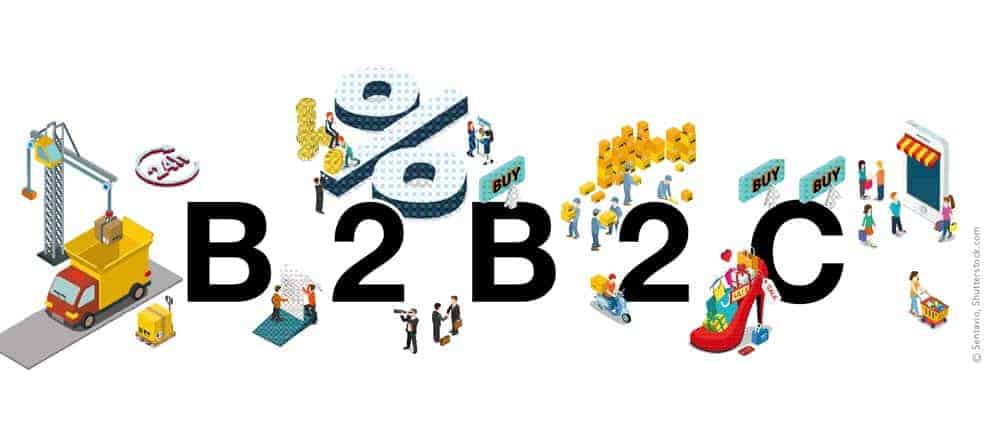The new retail: from recommendation to personalization


Online retailers, including some very large ones, try to use the classic recommendation approach to advertise bargains or remaining stock and thus hit the bull's eye more by chance than anything else.
Sufficient customer data is available to be able to address the potential buyer in a very targeted manner. Online stores have the most exciting data on customers and their user behavior. Operators just need to learn how to interpret it in a meaningful way.
Whoever manages to do that can deliver the right thing. One scenario for a personalized shopping experience looks like this: The passionate soccer fan is shown neither a horn nor makeup at a World Cup, but the gas grill he has been watching for a long time.
The ideal store also recognizes that the soccer fan is a supporter of the Italian team and therefore offers a background in green-white-red instead of black-red-gold. And if the store is really smart, it knows whether the Italians are participating in the World Cup and may offer its product as a consolation prize. What retailers need to know to benefit from data:
Check 1: Who visits the store?
Only when it is clear who the visitors are can the recommendation become personalization. What is legally permissible is regulated by the GDPR. First, an ID, a cookie or similar, is assigned to a device. Various systems such as SAP or the CRM must be integrated and a link created.
In which system does the person currently in the store have which number? If the opt-in is available, the IDs are synchronized across different systems in order to be able to use as much customer data as possible in the end.
Check 2: Knowledge about a person?
The store records every click of a customer via tracking. This should happen in near real time and be synchronized across devices. This creates a digital profile of each visitor (age, gender, location, etc.). Then a targeted offer is made.
If it is a voucher, it is stored in the digital profile and the bridge to SAP or CRM is built. This also works offline. If the customer buys in the store with a customer card, data is reconciled in the systems so that there are no overlaps in the offer.
Check 3: Generate more sales?
So first of all, you can calculate what the customer's next need might be based on simple statistics, for example, about products that were clicked on or purchased or were in the shopping cart.
The cleaner the data, the higher the hit rate. If I relate these pure figures to the customer's digital profile, the statistical probability of meeting the need increases by 40 to 50 percent.
Providing clean data is the foundation and duty of every retailer. With neural networks and deep learning, this becomes AI. A neural network makes a prediction based on data and decides accordingly.
It continuously learns along and abstracts. Results from A/B tests with e-mailings show that click rates with deep learning recommendations - a combination of real-time profile plus deep learning plus click data - lead to 20 percent more sales. Specialized technology providers already offer corresponding solutions and are preparing the market.
The current personalization trend has opened up the race toward customized products. The customized product is still far from being a standard.
However, many stores are already catering to the new individuality: myboshi.net offers the self-configured crochet hat in the online store, and protiq.com allows the completely individual 3D print of the favorite object to be created. In online retail, the transformation from "one size fits all" to personalized products is taking place.






